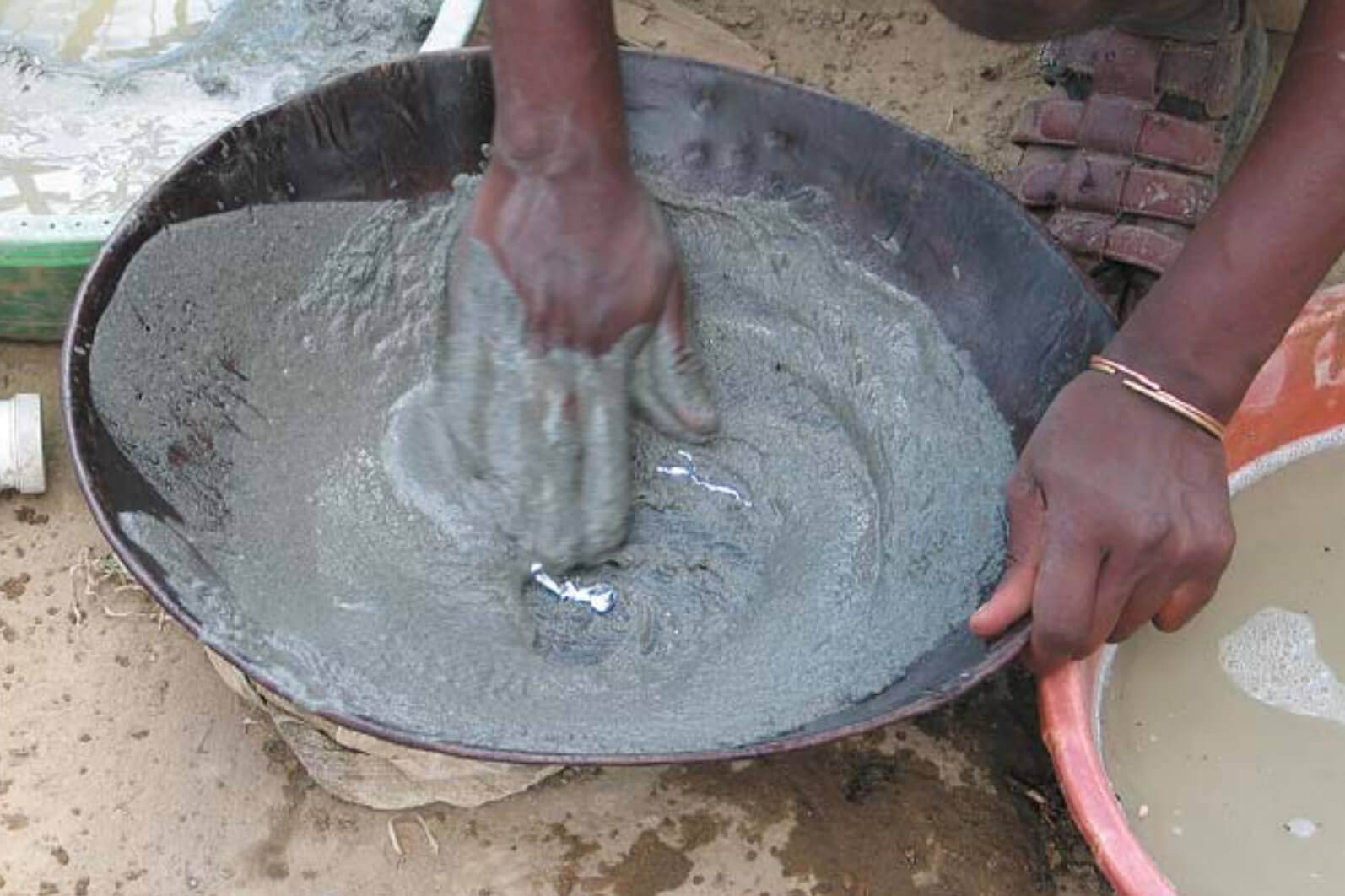
How to Cite
Share
Abstract
Small-scale mining is extraction of metals, precious stones, industrial minerals and other commodities using simple technologies. At a worldwide scale, an estimated 100 million people depend on income from small-scale mining (Hinton 2006). In Tanzania, there are more than half a million active small-scale miners, most of whom extract gold from placer and hard-rock deposits. Apart from providing a livelihood for thousands of households, small-scale mining reduces migration from rural to urban areas. However, small-scale mining is associated with a number of negative effects, because mining activities have severe impacts on both the local environment and the miners’ health. Most significantly the widespread use of mercury for gold extraction results in polluted environments and serious health hazards for the miners themselves and for the population in the vicinity of smallscale gold mining settlements (Bose-O’Reilly et al. 2008a, b; 2010; Jønsson et al. 2009).
How to Cite
Share
Copyright (c) 2010 Peter W.U. Appel, Jesper Bosse Jønsson

This work is licensed under a Creative Commons Attribution 4.0 International License.
Downloads
Edited by Ole Bennike, Adam A. Garde and W. Stuart Watt
This Review of Survey activities presents a selection of 23 papers reflecting the wide spectrum of activities of the Geological Survey of Denmark and Greenland, from the microscopic to the plate-tectonic level. In addition, an obituary about the former director of the [...]









